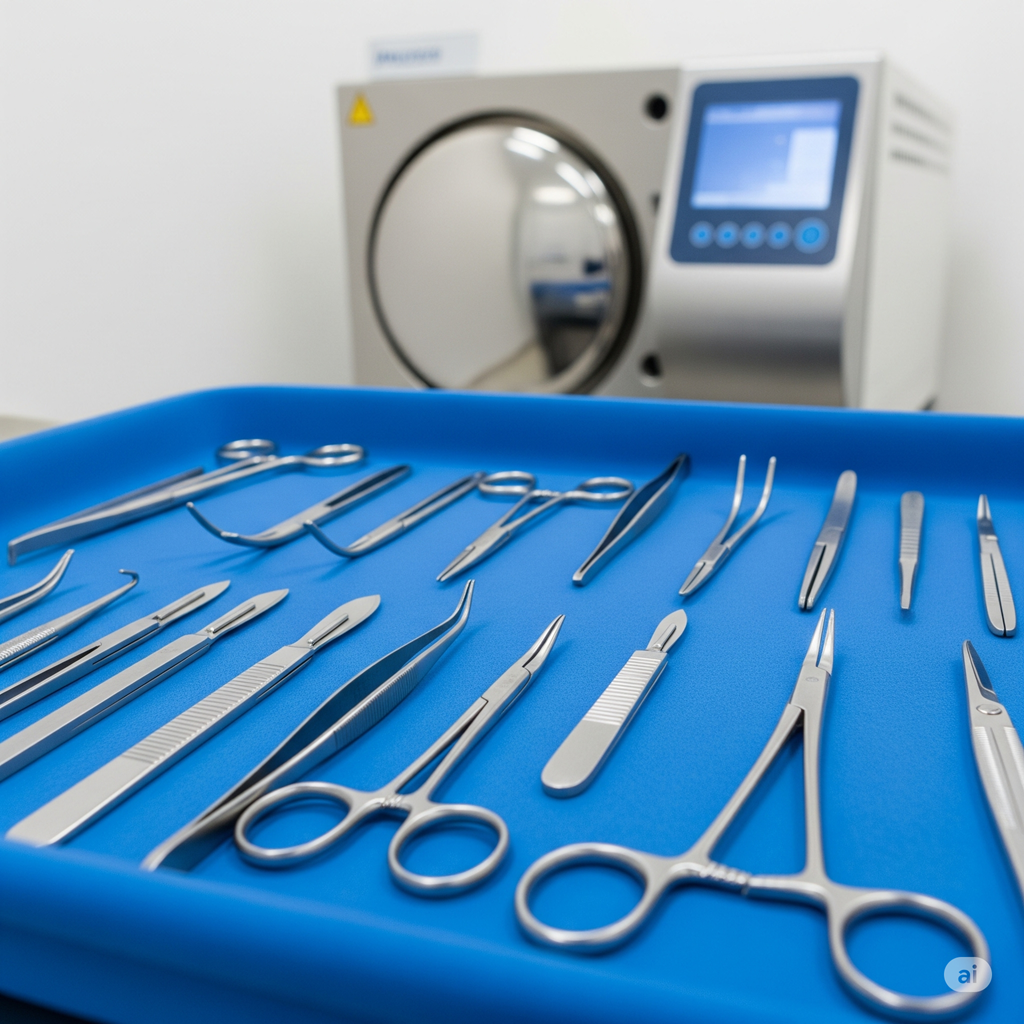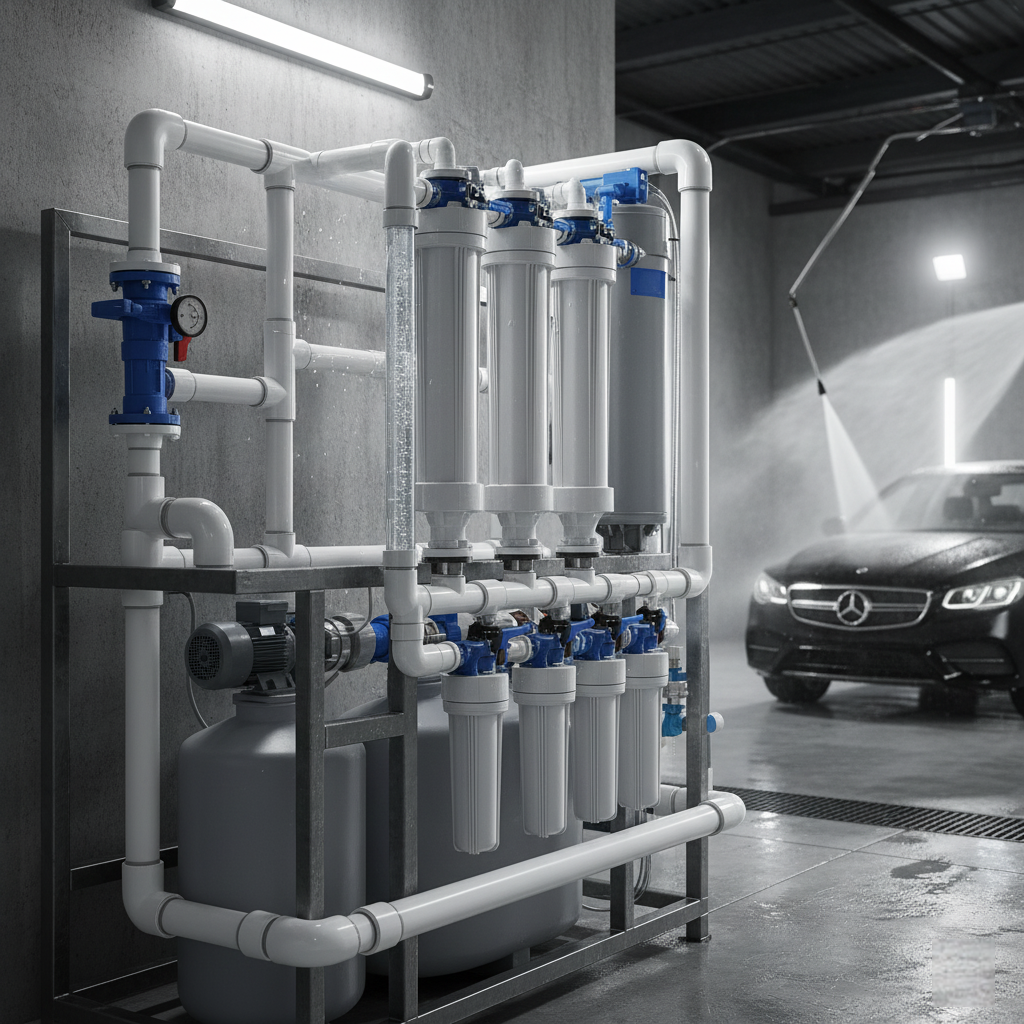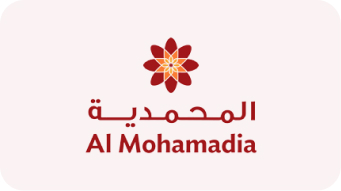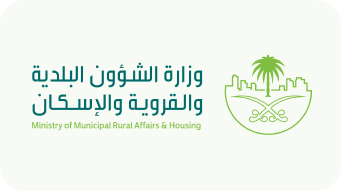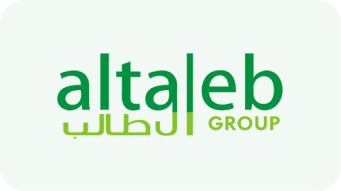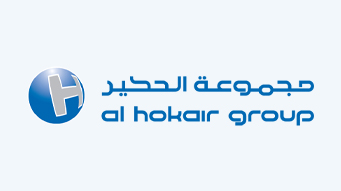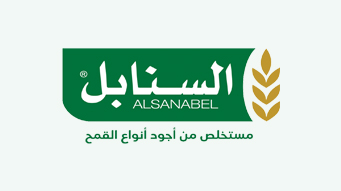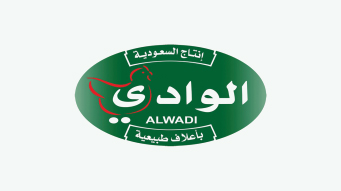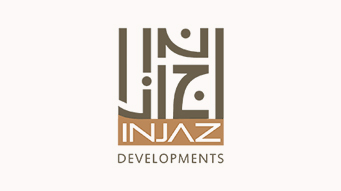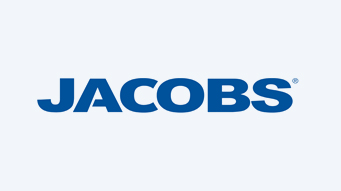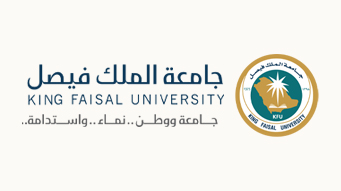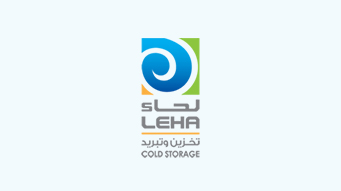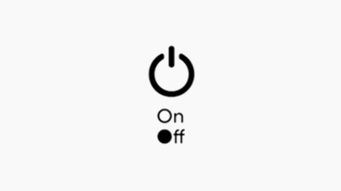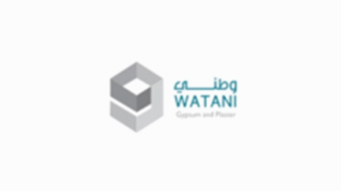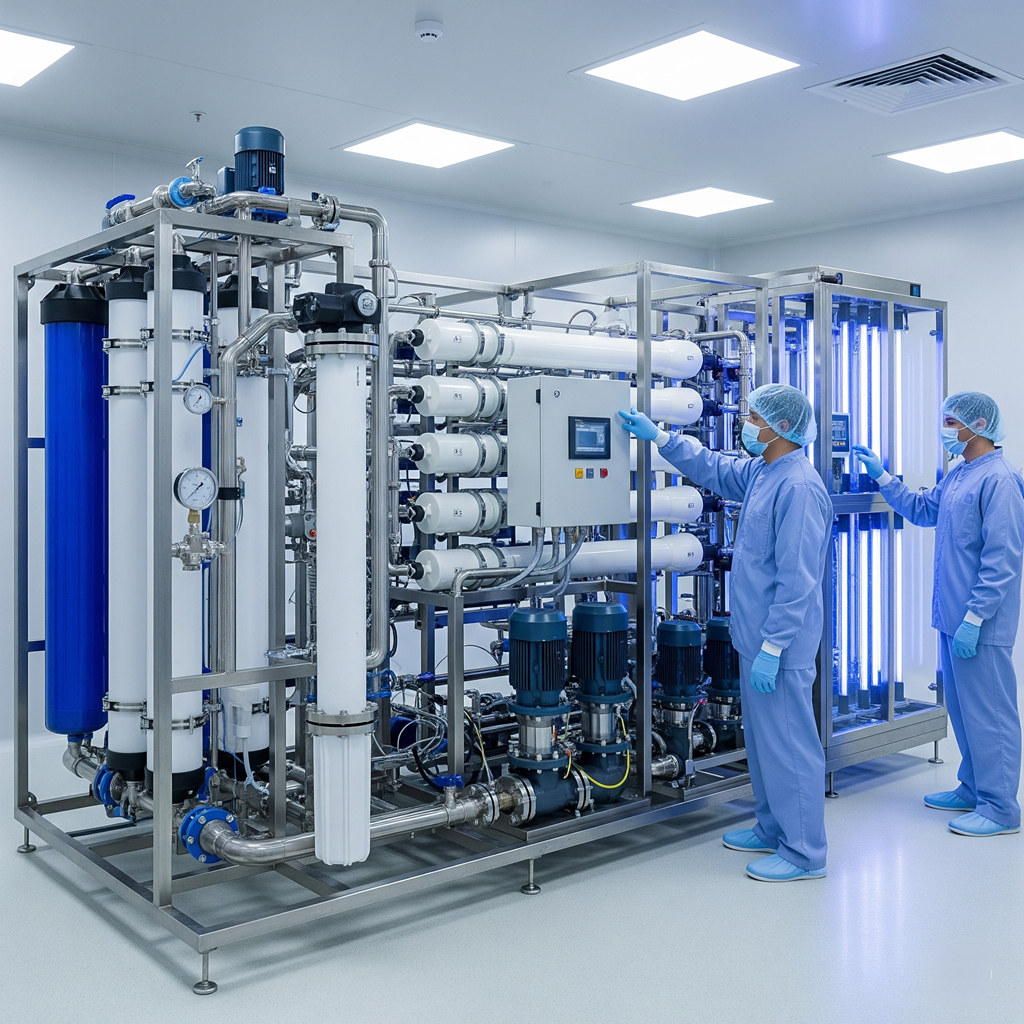
Water Treatment Precautions in the Central Sterilization Supply Department
The Central Sterilization Supplies Department (CSSD) is an integrated service in hospitals that performs sterilization and other procedures on medical devices, equipment, and supplies. This department ensures the safe management of disinfection services in the healthcare sector through safe, efficient, effective, and reliable systems. This department provides integrated services, including the preparation of sterile medical supplies for operating rooms and all other units and departments in hospitals.
The scope of duties and responsibilities of the Central Sterilization Supplies Department is concerned with the prevention of hospital-acquired infections, a fundamental aspect of comprehensive healthcare. This department provides specialized health processes (sterile preparation prior to sterilization, steam sterilization, and plasma sterilization) that produce sterile medical supplies. To regularly supply the hospital with all necessary sterile materials, the department’s management collaborates closely with senior staff in operating rooms, inpatients, and outpatients. The primary goal of the Central Sterilization Department is to ensure high quality and sterilization standards for all medical supplies. Protecting all patients is paramount in our work.
The Central Sterilization Department (CSSD) comprises five main sections: disinfection and preparation, assembly, sterilization, storage of sterile medical supplies, and distribution.
Read more about: Water Treatment in Central Sterilization Departments (CSSD)
The objectives of the central service include:
Disinfection, mechanical processing, and manual processing of all medical supplies in automatic washing machines with adjustable and controlled parameters. Automatic washing is performed in a closed system using chemical or thermal disinfection. The quality of pre-sterilization preparation is verified through various indicators.
Qualified technicians organize and group surgical instruments, and safely pack medical supplies into special sterile single-use or reusable containers.
The completeness, preparation, and packaging of operating room fabrics is visually controlled, with fabrics being prepared and packed in individual packages or groups according to the requirements of individual operating rooms or other departments and units throughout the hospital.
Plasma sterilization is also used for reusable and heat-resistant medical supplies (made of plastic). The sterilization medium is a low-temperature plasma, generated in a high-frequency electromagnetic field, which reacts with 58% hydrogen peroxide vapor in a high vacuum. Plasma sterilization is a dry sterilization process. All sterilization operations are performed in modern machines with controlled parameters and detailed written records. Chemical and biological indicators are closely monitored throughout the sterilization process.
Moist heat sterilization or autoclaving is used for metallic, porous, hollow, or heat-resistant medical products. The sterilization medium is saturated water vapor, which transfers thermal energy by condensing the medical supplies. Furthermore, department staff conduct final inspections using various parameter tests to ensure sterilization quality. The department handles the delivery of sterilized medical supplies.
What is a CSSD Reverse Osmosis System?
The sterilization units of the Central Sterilization Department (CSSD) are used to supply healthcare facilities with low-hardness. Low-bacterial-load water for use in sterilizers and disinfection washers.
Final rinse water quality for sterilizers, disinfection washers, and hand sanitizers requires a pH between 5.5 and 8.0, conductivity less than 30 microsiemens/cm. Total hardness less than 10 parts per million (ppm), chlorides less than 10 ppm, silicates less than 1 ppm, and endotoxins less than 0.25 EU/ml.
Water quality requirements for steam sterilizers are more stringent than those for disinfection washers. The pH should be between 5 and 7.5, conductivity less than 5 microsiemens/cm. Total hardness less than 2 µm, chlorides less than 0.5 ppm, and silicates less than 1 ppm.
Given the water quality requirements, reverse osmosis is the primary technology used to produce water that meets specifications for central water purification systems (CSSDs). Therefore, these systems are often referred to as CSSD RO systems.
Why Reverse Osmosis?
Given the different types of minerals that need to be removed to produce water that meets specifications. The best combination of both technologies is bulk mineral removal with disinfection. Since reverse osmosis is the most energy-efficient bulk mineral removal process. It is used in the first stage of water treatment for central water purification systems. There are two main reverse osmosis methods used to achieve water purification in washing machine sterilizers and steam sterilizers:
- Two-pass reverse osmosis
- Single-pass reverse osmosis with mixed-bed resin polishing
Each technology has its advantages and disadvantages. Two-pass reverse osmosis requires more energy and has a greater physical impact, but it produces highly purified water more easily. Single-pass reverse osmosis with resin polishing produces a smaller waste stream but requires resin replacement when it is exhausted. Regardless of the choice of single- or dual-pass reverse osmosis, membrane filtration systems can be operated in a dual configuration to provide service/backup/auxiliary settings, giving the customer maximum flexibility.
What additional treatment is required?
Since membrane filtration is the primary step in removing minerals, a pretreatment system will be necessary in most cases to ensure long membrane life. If chlorinated tap water is used as the feedwater. Which is very common in urban hospitals and clinics, a dechlorination system will be necessary. In addition to a softening system, as antiscalants cannot be used in reverse osmosis (CSSD) systems.
This protects the membranes from the oxidizing effects of chlorine and from the formation of scales caused by polyvalent ions in the feedwater. The dechlorination system typically consists of a granular activated carbon filter. Which can be configured with a lead lag configuration to ensure the membranes are continuously protected from chlorine. Water softeners are usually configured with a double-circuit arrangement to allow sufficient time for resin regeneration. Multimedia filters are only required in a pretreatment system when groundwater or surface water is used instead of tap water, with high levels of suspended solids.
Achieving the required conductivity is an integral part of establishing a suitable waterway. After removing minerals, the water is sterilized (usually using ultraviolet sterilization). It is then heat-treated to ensure the main loop temperature is maintained at 65°C. UV lamps can be used for sterilization, either standard mercury-based lamps or the latest generation of UV LEDs, which feature instant heating and are free of heavy metals. UV is preferred over other sterilization methods because it requires no chemicals. Endotoxins, toxins released by bacteria when destroyed, are removed by endotoxin filters installed below the UV lamps. Scrubbers contain a maximum level of endotoxins in the treated water, so regular sampling is required.
Read also: Hospital Wastewater Treatment Methods
Providing and Monitoring Water Compliance
After sterilization, the ultrapure water is heat-treated and pumped through a main loop to washer-sterilizers and steam sterilizers distributed throughout the hospital. Alongside the main hot water pipe, a main cold water loop is increasingly being installed. To ensure a continuous supply, the hot and cold storage tanks are equipped with non-contact level sensors. Water is pumped through the main loop pipes by backup pumps to ensure continuous supply. Booster pumps can also be installed upstream of the central reverse osmosis (CSSD) unit, prior to pretreatment, in case there is insufficient pressure in the main pipes. All pumps can also be installed as quick-change pumps for easy replacement during maintenance.
To ensure the proper operation of reverse osmosis (RSD) systems, pressures, conductivity, temperatures, pH, and flow rates must be accurately monitored. Remote monitoring and control allows external engineers to quickly address any problems with the water treatment system. RSD systems require continuous monitoring and regular maintenance to ensure water production meets specifications. Simulation panels and shut-off valves can also be installed in the nursing station for additional control and automation. Water Care has extensive experience in the design and construction of reverse osmosis systems.

